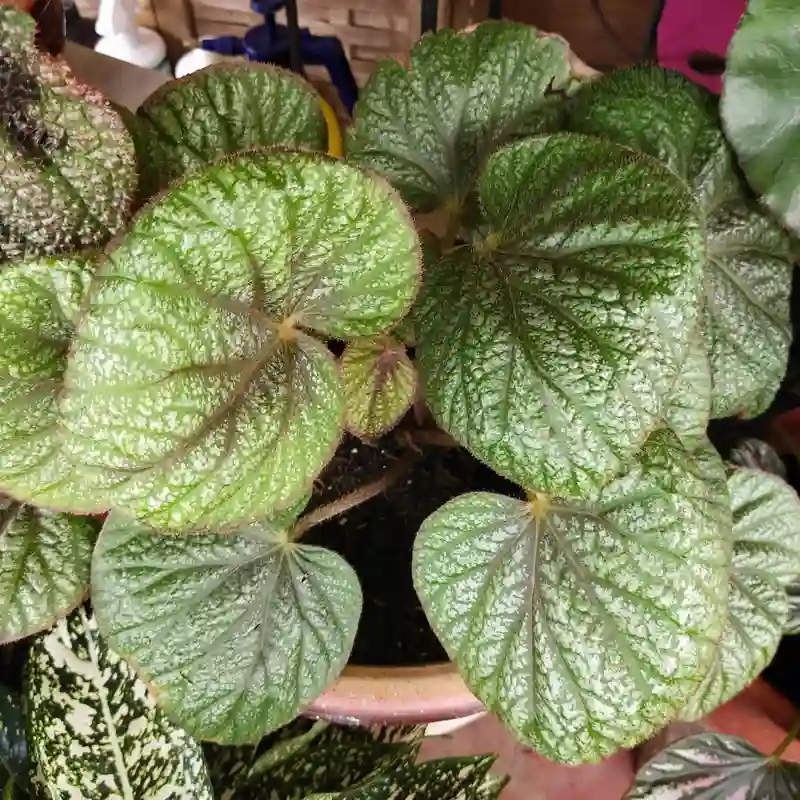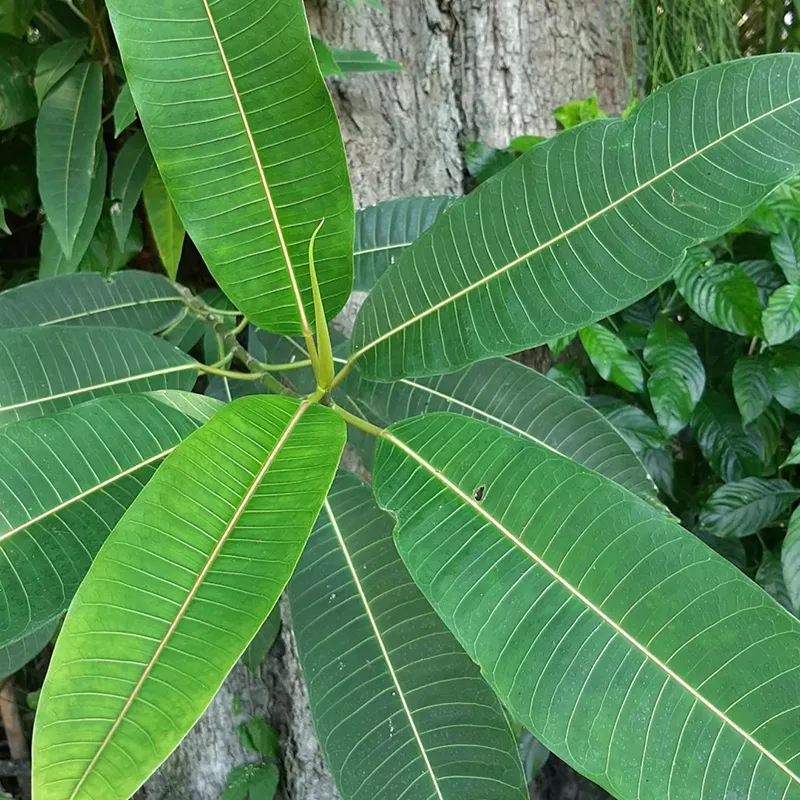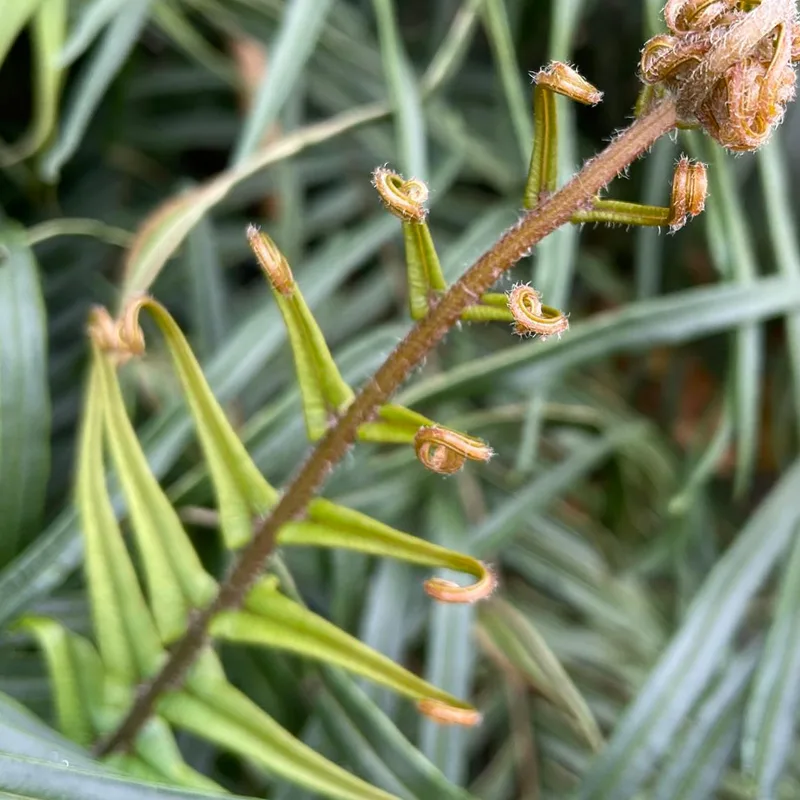All You Need to Know About Smilax Glauca: A Q&A with Ferb Vu
Hi there, Ferb Vu here! I’m a plant enthusiast with a particular interest in native species. Today, we’re diving deep into the world of Smilax glauca, also known as cat greenbriar. This woody vine is a familiar sight in forests across central and eastern North America and Mexico.
Whether you’re a seasoned gardener or simply curious about this fascinating plant, this FAQ will answer your burning questions about Smilax glauca.
Plant Family: Smilacaceae – 264 Species in Genus Smilax – Greenbrier
What is Smilax glauca?
Smilax glauca is a woody vine belonging to the Smilacaceae family. It’s a common and visually striking element of forest landscapes.
What are its key characteristics?
- Viney growth: Smilax glauca is a climber, reaching up to 5 meters in height. It thrives by twining around trees, shrubs, or even stumps.
- Prickly stems: Watch out for the sharp thorns lining the stems of Smilax glauca. These are a natural defense mechanism against herbivores.
- Climbing tendrils: Smilax glauca boasts specialized tendrils that help it grip and climb supporting structures.
- Evergreen foliage (in warmer regions): In southern parts of its range, Smilax glauca retains its leaves year-round. In colder climates, it might lose some leaves during winter.
- Distinctive leaves: The leaves are the hallmark of Smilax glauca. They have a unique glaucous (bluish-green) or whitish underside, hence the common name “whiteleaf greenbriar.”
Is Smilax glauca easy to grow?
Smilax glauca is a relatively adaptable plant. It tolerates a range of soil types and can thrive in both sunny and partially shaded areas. However, its aggressive climbing nature can make it invasive in some settings.
Can I plant Smilax glauca in my garden?
Smilax glauca can be a beautiful addition to a well-planned garden, especially if you have vertical structures like pergolas or trellises that it can climb on. But be mindful of its vigorous growth habit. Provide ample space and consider using root barriers to prevent it from taking over unwanted areas.
Does Smilax glauca have any flowers or fruits?
Yes, Smilax glauca is a flowering plant. It produces small, inconspicuous flowers in June. The flowers are either male or female (dioecious), meaning separate plants bear male or female flowers. If you have both male and female plants, you might see small black berries produced after flowering.
Are there any medicinal uses for Smilax glauca?
Smilax glauca has been used historically as a folk remedy. However, it’s important to note that there’s limited scientific evidence to support its medicinal benefits. Additionally, some parts of the plant can be toxic if ingested. It’s best to consult a healthcare professional before using any plant for medicinal purposes.
Is Smilax glauca related to sarsaparilla?
Smilax glauca is sometimes referred to as “wild sarsaparilla” or “wild sasparilla.” However, it’s not a close relative of the true sarsaparilla plant (Smilax officinalis) used commercially.
What are some things to keep in mind when planting Smilax glauca?
- Provide support: Smilax glauca is a climber, so ensure it has a structure like a trellis or fence to climb on.
- Manage its growth: Due to its vigorous nature, regular pruning might be necessary to maintain its desired size and shape.
- Beware of thorns: The thorns can be quite sharp, so wear gloves when handling the plant.
- Consider its invasiveness: Smilax glauca can be invasive in some settings. Research its behavior in your local area before planting.
Where can I learn more about Smilax glauca?
There are many resources available online and in libraries to learn more about Smilax glauca. Here are a few reputable sources to get you started:
- The National Plant Trust
- North Carolina Extension Gardener Plant Toolbox
- Wikipedia
If i die, water my plants!



